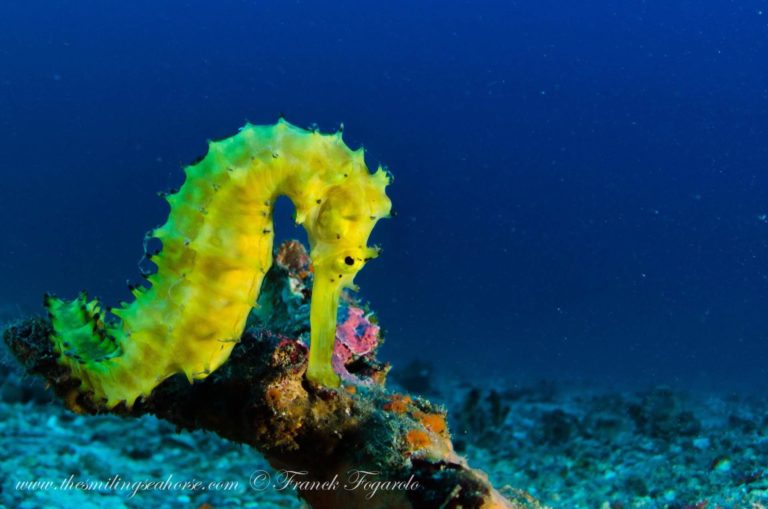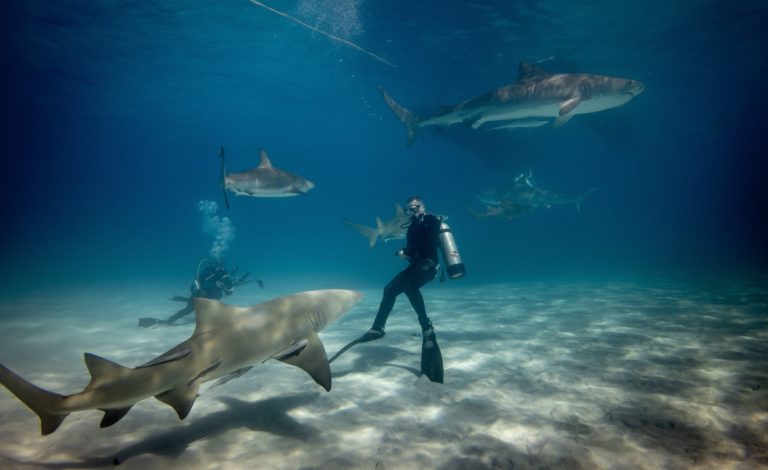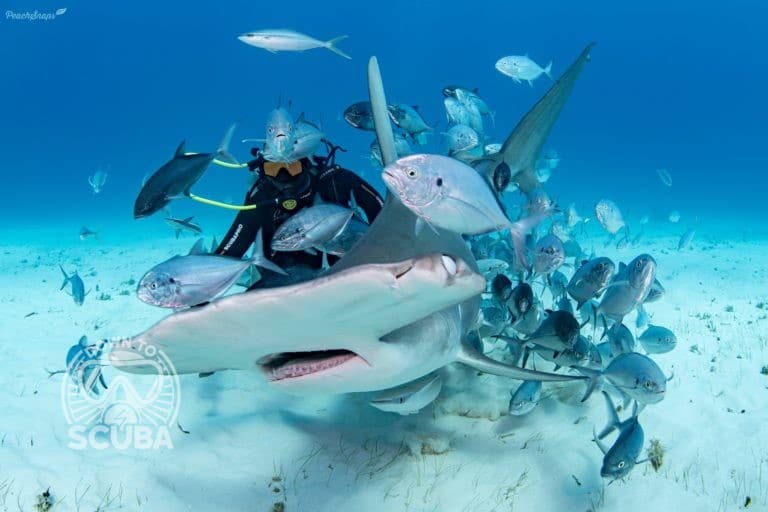WHERE ARE WE GOING?
Today we are diving in Myanmar, otherwise known as Burma, in the Mergui Archipelago.
WHY ARE WE DIVING IN MYANMAR?
The Mergui Archipelago is down south of Myanmar. It consists of over 800 islands with stunning coral reefs and remote beaches. The main appeal of diving in Myanmar is the ability to be alone on every dive site.
Diving in Myanmar is still a secret amongst travelers as it has only opened up to mass tourism in the last decade. That and the fact that there are limited resorts in the area means that it is a bit of a journey to get to this special place. This means you will have some amazing diving away from the crowds.
You can find rare macro life as well as the biggest pelagic fish such as Oceanic Manta rays and Whale sharks. You can regularly spot harlequin shrimps, seahorses, ghost pipefish, frogfish, and brightly colored nudibranchs.

HOW DO WE GET THERE?
The best departure point to get on a liveaboard for diving in Myanmar, is Ranong in Thailand. Ranong has an airport reachable 3 times a day from Bangkok that only takes about an hour.
Ranong is 300km north of Phuket (the closest international airport) about 4 hours taxi ride away (a bit longer by bus). Ranong is also 2 hours drives away (taxi or bus) from Chumphon (where you could take a boat to Koh Tao or hop on a train).
From Ranong, you will enter Myanmar via the southern port of entry, the town of Kawthaung.
WHICH DIVE SITES ARE MUST-SEE?
Western Rocky
Western Rocky (30m) is one of Burma’s most southern dive site and perhaps one of its most exciting in terms of the diving on offer. There are lovely colorful reefs, plenty of fish including amazing macro such as the harlequin shrimps, frogfish and seahorses, and also the chance to see the big fish; the whale shark! Western Rocky itself is a small island, with a dive passage right through its heart that just manages to be lit by daylight all the way through.
Black Rock
Black Rock (40m) is undoubtedly the best spot of the Andaman sea to see giant oceanic mantas. The rock itself is a small rock in the middle of Myanmar’s ocean. It provides a steep wall drop to over 100 meters, with rugged boulder formations, and bright soft coral. As the dive site is out in the ocean, the visibility is generally 30m+ with sightings of the on-going procession of barracuda, tuna, mackerel, rays, reef sharks, whale sharks, and eagle rays.
Read More: Everything You Need to Know About Spotted Eagle Rays!

Seafan Forest
Seafan Forest (40m) as its name implies offers a wonderful forest of orange sea fan coral and is usually very fishy with plenty to find big and small. It is a pinnacle rising going down from 8 to 50 meters with sandy spots where leopard sharks like to lay. Good spot for whale sharks as well.
Square Rock
Square Rock (25m) a great spot to sea tigertail seahorses as well as ghost pipe fish and big stingrays.
North & South Twin
North and South Twin (35m) consists of large granite boulders covered in sea fans and soft corals. Another great dive site to see Manta rays as well as large schools of fish (barracudas, batfish, etc).
TELL ME MORE
Diving in Myanmar around these 800 islands and countless pinnacles is best done by liveaboard. This is because the dive sites are far away from any city. There are a few dive operations that run from Ranong, with The Smiling Seahorse being a leading specialist in the area.

DO I NEED ADDITIONAL EQUIPMENT?
A surface marker (SMB) and a dive computer are compulsory for your safety. This is due to the strong currents that can take you quite far away from the dive site. But rest assured a rib (small rubber boat) will pick you up at the end of the dive!
A dive computer is important as most of the dive sites are deep dives, and doing 4 dives a day will see you on the higher end of nitrogen levels.
A torch is needed for night dives but also great to search for little critters in every crack.
A hook is not necessary but can be nice if you want to hook yourself in the current on top of pinnacles to look at the fish hunt.
While you should bring all of this if you have the items, your dive boat should also be able to provide all this for your trip.
(Editor’s note: From my experience, I recommend a reef hook for the strong currents here. Fun, but strong! Check out the currents in this video I shot while diving in Myanmar.)
WHAT LEVEL CERTIFICATION SHOULD I BE?
You must be an advanced diver at a minimum (or you can take the course on the liveaboard – just make sure you let the dive operation know prior) as there are deep dives and night dives every day.
WHAT ARE THE CONDITIONS?
Temperature is usually around 27°C all year long. Check our wetsuit temperature guide to figure out the best wetsuit for diving in Myanmar.
Visibility varies greatly from one week to the next and is unpredictable from 10 meters to 40 meters depending on the day and dive site.
The season for diving in Myanmar is from the end of October to mid May.
May to October is the monsoon season with rain, wind, waves making dive trips impossible. Everything is closed this time of the year.
Currents are quite a constant in Myanmar as we have tidal current with water going up and down every 6 hours.
HOW MUCH WILL I SPEND?
Cruises start at 43,000 THB for 6 days / 5 nights onboard which is good value when you compare it to what it would cost for hotel nights, 4 meals a day, free flow of drinks, and 4 dives a day.
Myanmar also has some visa and visit permits fees starting at 200 USD per person. Here you are paying for exclusivity and in my opinion it is worth it to be alone on the dive sites. ☺
WHAT TYPE OF ACCOMMODATION IS AVAILABLE?
Liveaboard is the way to go for comfort and accessibility to the dive sites. But little by little a few luxury resorts are also settling down in the Mergui Archipelago with some offering local dive sites.
DESCRIBE YOUR PERSONAL EXPERIENCE
Diving is fantastic!
The first cruise I took here I saw so many new species I had never seen before and now even after 8 years I still see new fish, shrimps, shells, and nudibranchs on a regular basis.
WHAT DO WE DO ON SURFACE INTERVALS?
When diving in Myanmar from a liveaboard, there will be time to visit a few beaches from the boat. These postcard beaches are remote and dreamlike with virgin white sand and crystal blue waters. There is also the opportunity to visit (and dive) in an extinct volcano!











